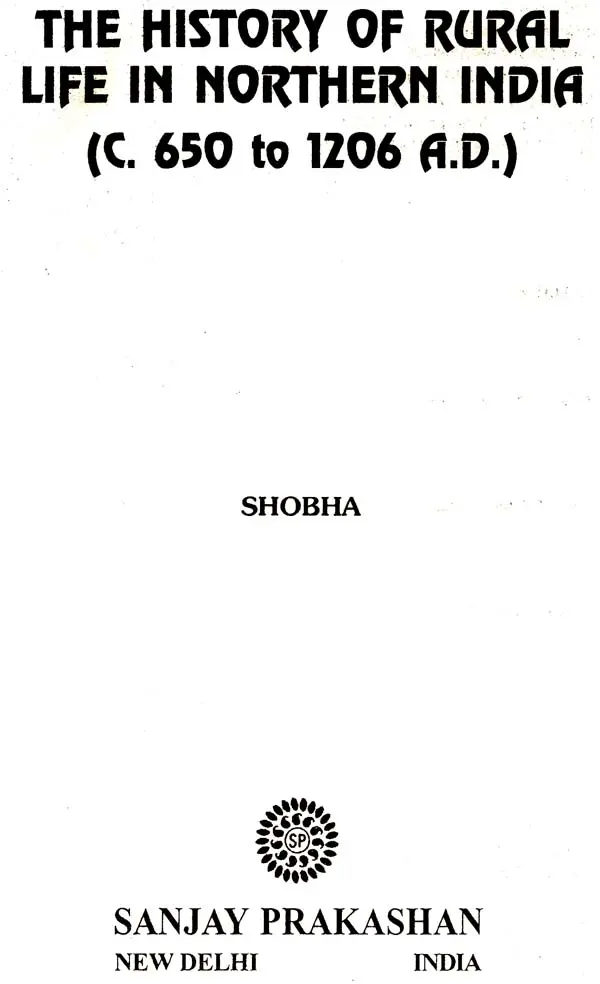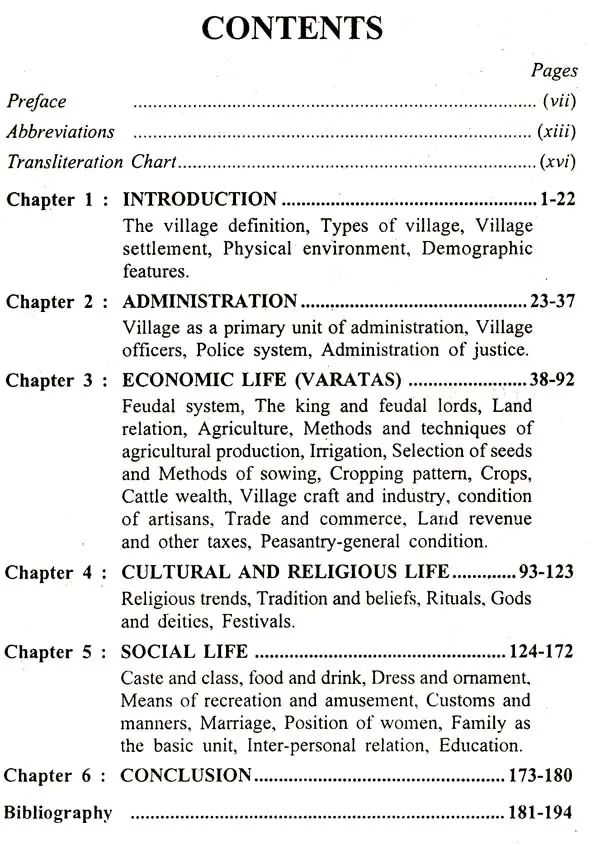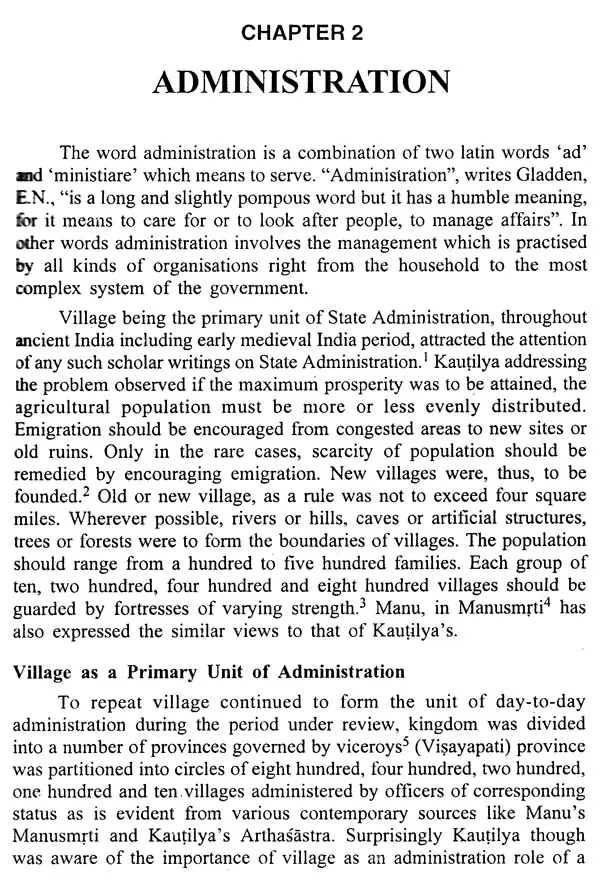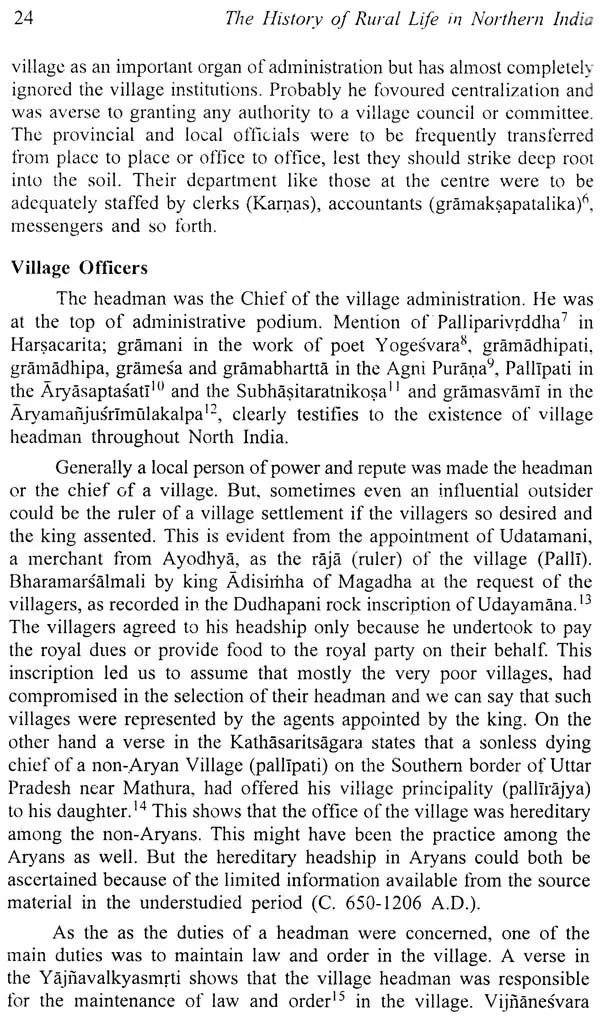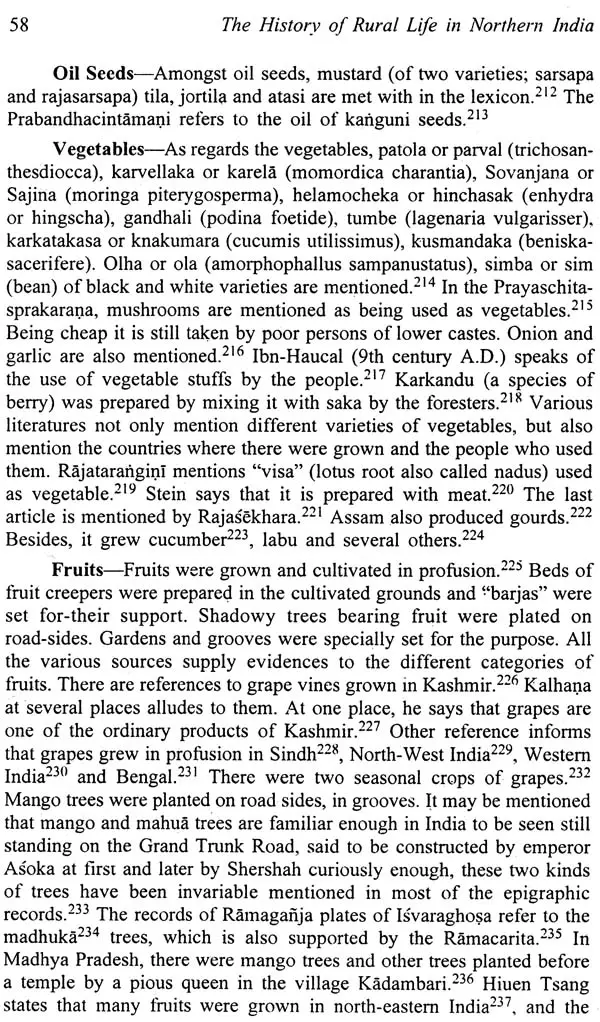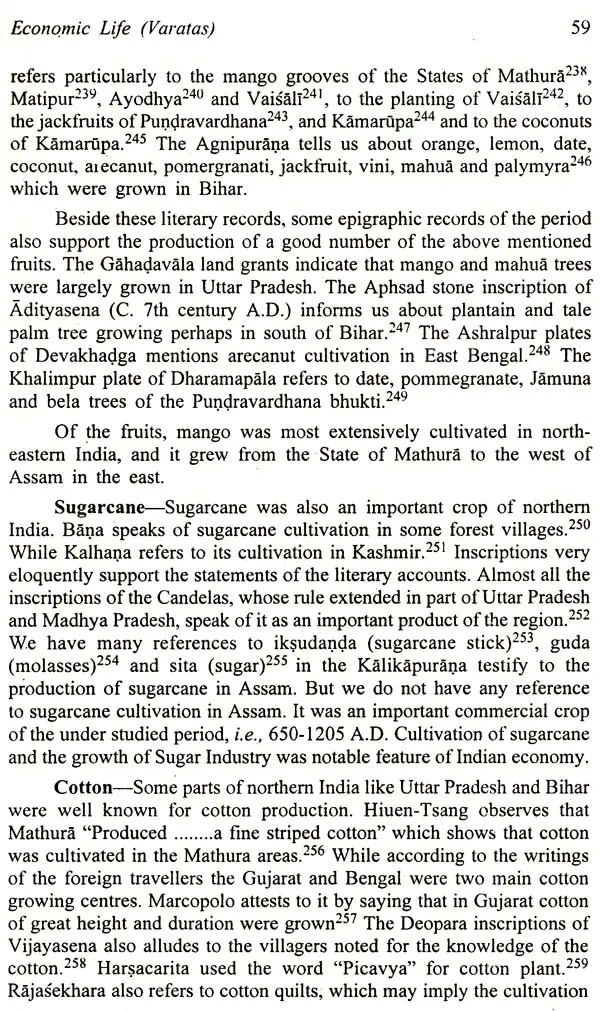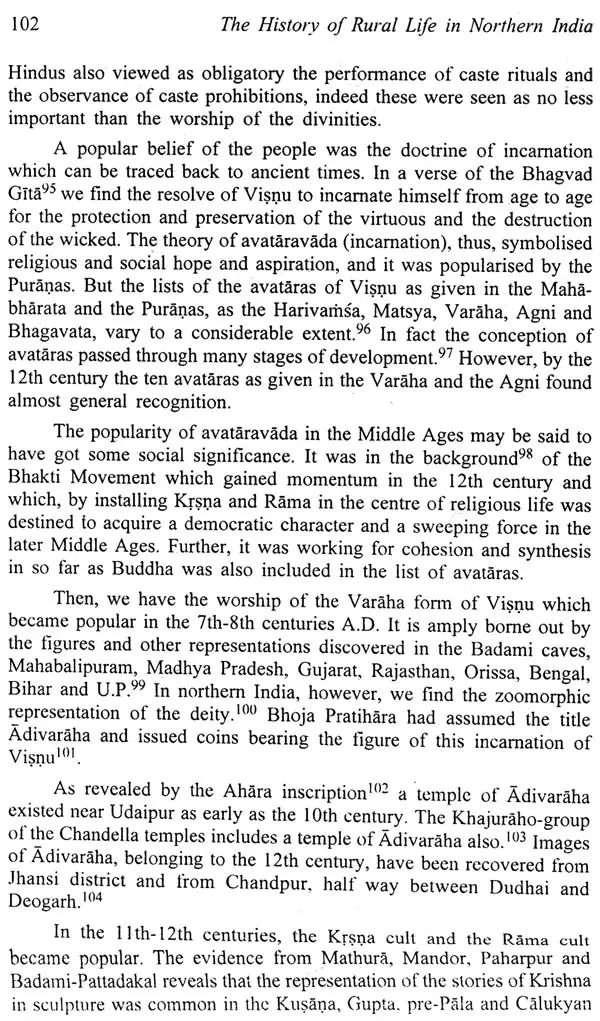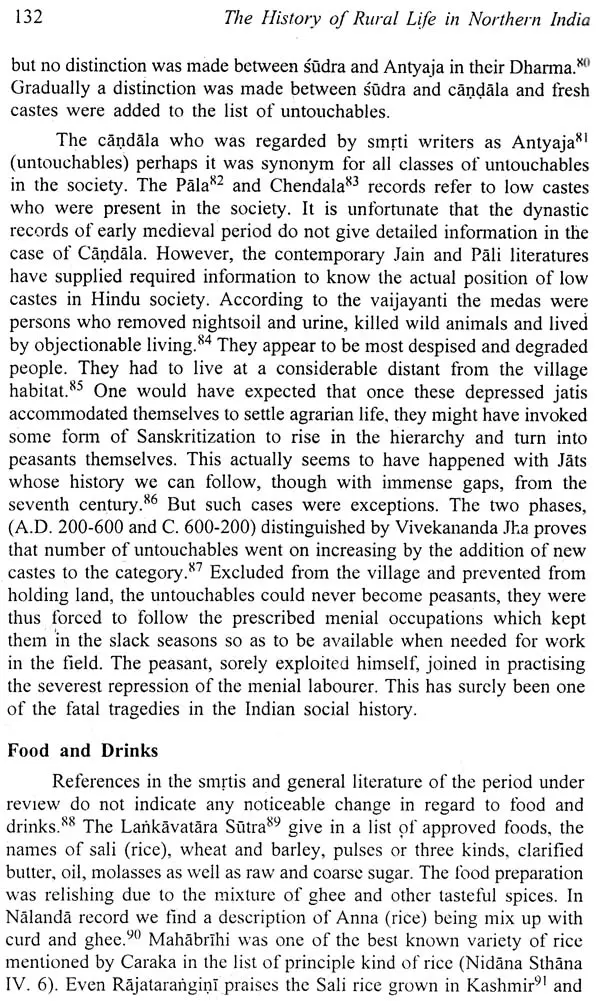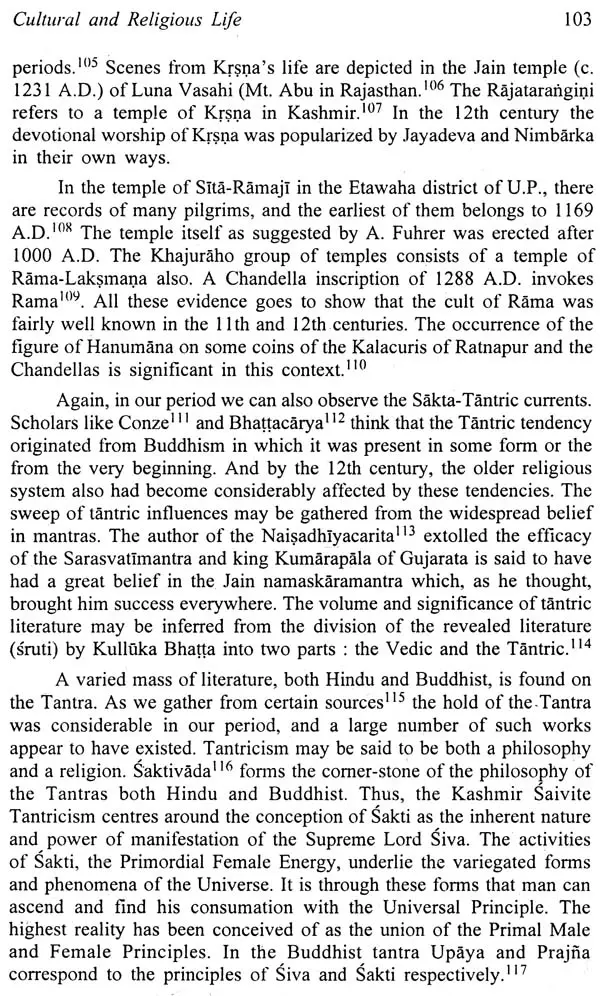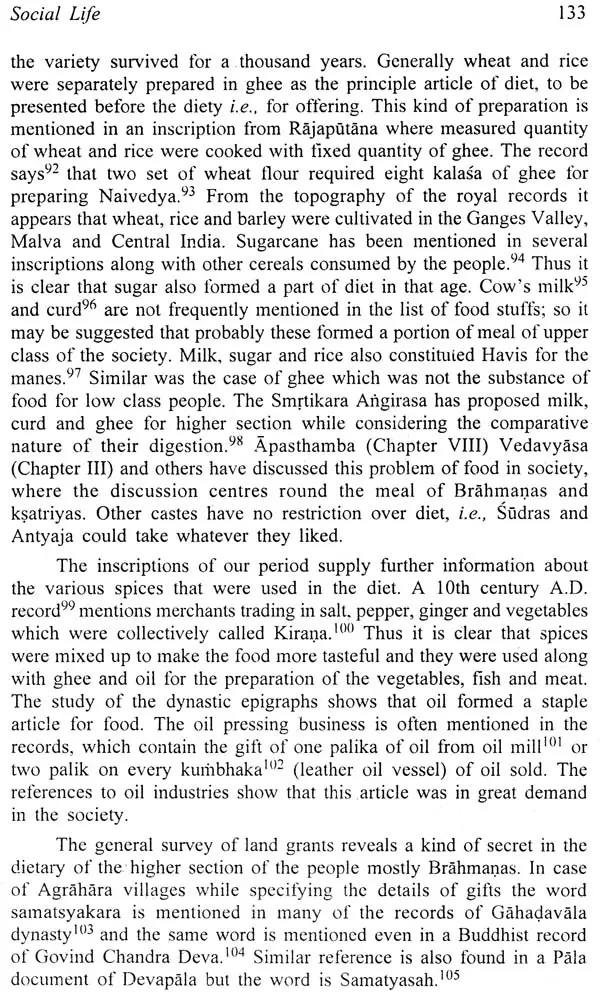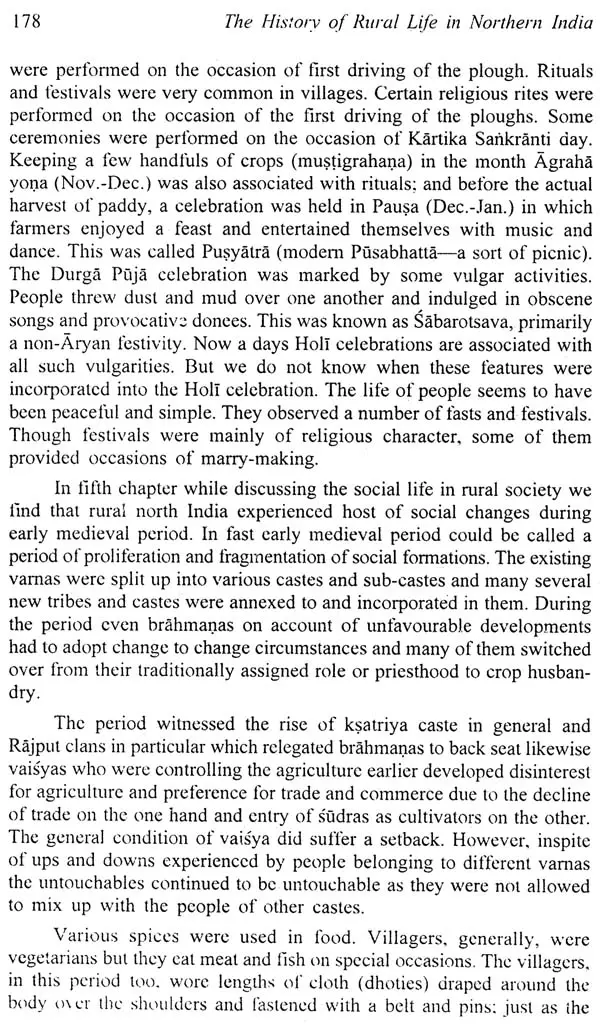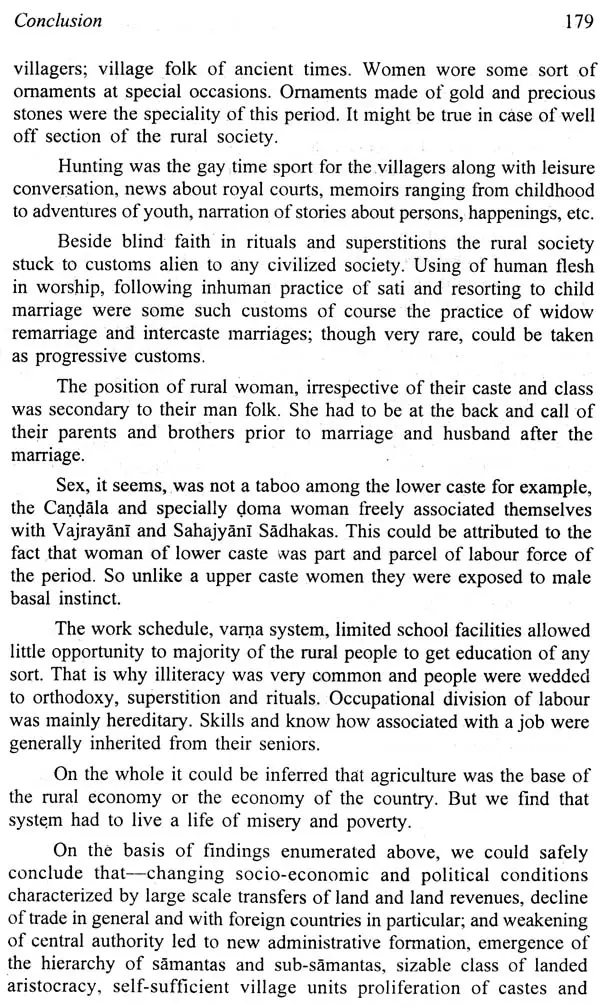About the Book The qualitative and quantitative aspects of natural resources, human resources (including physical and human capital) and nature of institutional framework (including administrative set-up) have played significant role in shaping various aspects of rural as well as urban life in a given period of the history of a country. In a predominantly agricultural society it is pertinent (absolutely necessary) to understand thoroughly the nature of rural life in order to understand the life of the people in the country as a whole. It is more specifically true about India even today as it continues to be predominantly rural. It has aptly been remarked that "real India lives in its villages" and that "the abode of India's spirit is its rural part".
So far no serious efforts have been made by historians to make a comprehensive, systematic and scientific and systematic study of the rural life as a whole during early medieval period. The real objective of the rural history is to bring to light the (relation of) material, social and intellectual Uni verse of the rural community or communities at a particular juncture or in a particular period of history. And yet far from fulfilling such great design studies relating to rural history have usually assumed the form of an enumeration of land measure and fiscal terms which are still not clearly under stood. Admittedly, rural history must begin with the study of land use management as land lies at the most basic level of rural experience.
About the Author Shobha has done her Master of Philosophy (History) and Ph.D. from M.D. University, Rohtak.
Subsequently joined Indo-Dutch project on salinity at Karnal. She is keen scholar of Ancient Indian History.
She is currently teaching in the Government Collegé, Dujana, Jhajjar.
Preface The qualitative and quantitative aspects of natural resources, human resources (including physical and human capital) and nature of institutional framework (including administrative set-up) have played significant role in shaping various aspects of rural as well as urban life in a given period of the history of a country. In a predominantly agricultural society it is pertinent (absolutely necessary) to understand thoroughly the nature of rural life in order to understand the life of the people in the country as a whole. It is more specifically true about India even today as it continues. to be predominantly rural. It has aptly been remarked that "real India lives in its villages" and that "the abode of India's spirit is its rural part". These statements have acquired legitimacy due to the fact that about seventy percent of India's population lives in villages. So, the path to understand India lies through its villages. It is the rural area that is chiefly instrumental in sustaining more than 100 crore population of this country. It provides the lion's share of the natural resources for economic projects/activities. Man power is chiefly drawn from the country side. Such is the significance of rural area for India and its people. Early medieval society was overwhelmingly rural punctuated by a few urban settlements.
So far no serious efforts have been made by historians to make a comprehensive, systematic and scientific and systematic study of the rural life as a whole during early medieval period. The real objective of the rural history is to bring to light the (relation of) material, social and intellectual Universe of the rural community or communities at a particular juncture or in a particular period of history. And yet far from fulfilling such great design studies relating to rural history have usually assumed the form of an enumeration of land measure and fiscal terms which are still not clearly understood. Admittedly, rural history must begin with the study of land use management as land lies at the most basic level of rural experience.
Introduction The village has been the nucleus in India's social and economic order and from times immemorial these are named after the name of a local prominent person, mythical or historical hero. Gods and goddesses, rivers or mountains having some sort of religious significance. The common term for village in India is gråma², derived from the root gras³ (to swallow or to eat). Sometimes it is derived from the root gam¹ as well. Village or gaon has been defined in the Markandeya Purana as the place surrounded by cultivable lands and where inhabited a number of people available to support the able cultivators in raising crops on those lands. Grâma also means "aggregate". The "village of gaon in Marathi means an aggregate of family holdings." The English word "village" is derived from the latin vicus and is defined by the Chamber's Twentieth Century Dictionary as "an assemblage of houses smaller than a town." The word grama (village) was used in the Rg-vedas for the first time which also means a village. In the Indian context, however, the term "village" does not refer merely to group of buildings as in Germany. It includes both the cluster of houses and the surrounding lands cultivated. Although it has come to simply generally a number of residential houses clustered together at a place, yet it cannot be ignored that it means something more. R.K. Patil writes, "A village is understood to mean a group of families living in a rural area in adjoining houses on a common village site, it is only in such an area that sense of mutual obligation and concern for the rehabilitation of weaker sections of the community can, if at all be felt. Such a group has always had a local name and known limits, "grama is a habitat in the centre of land fit for cultivation states the Markandeya Purana which shows that a village must have cultivable land all round it. This fact is corroborated by the numerous land grants also indicate that in addition to the habitat, the area of a village comprised cultivable, uncultivable, high, low, watery, dry, forest and grassy land.
Book's Contents and Sample Pages
